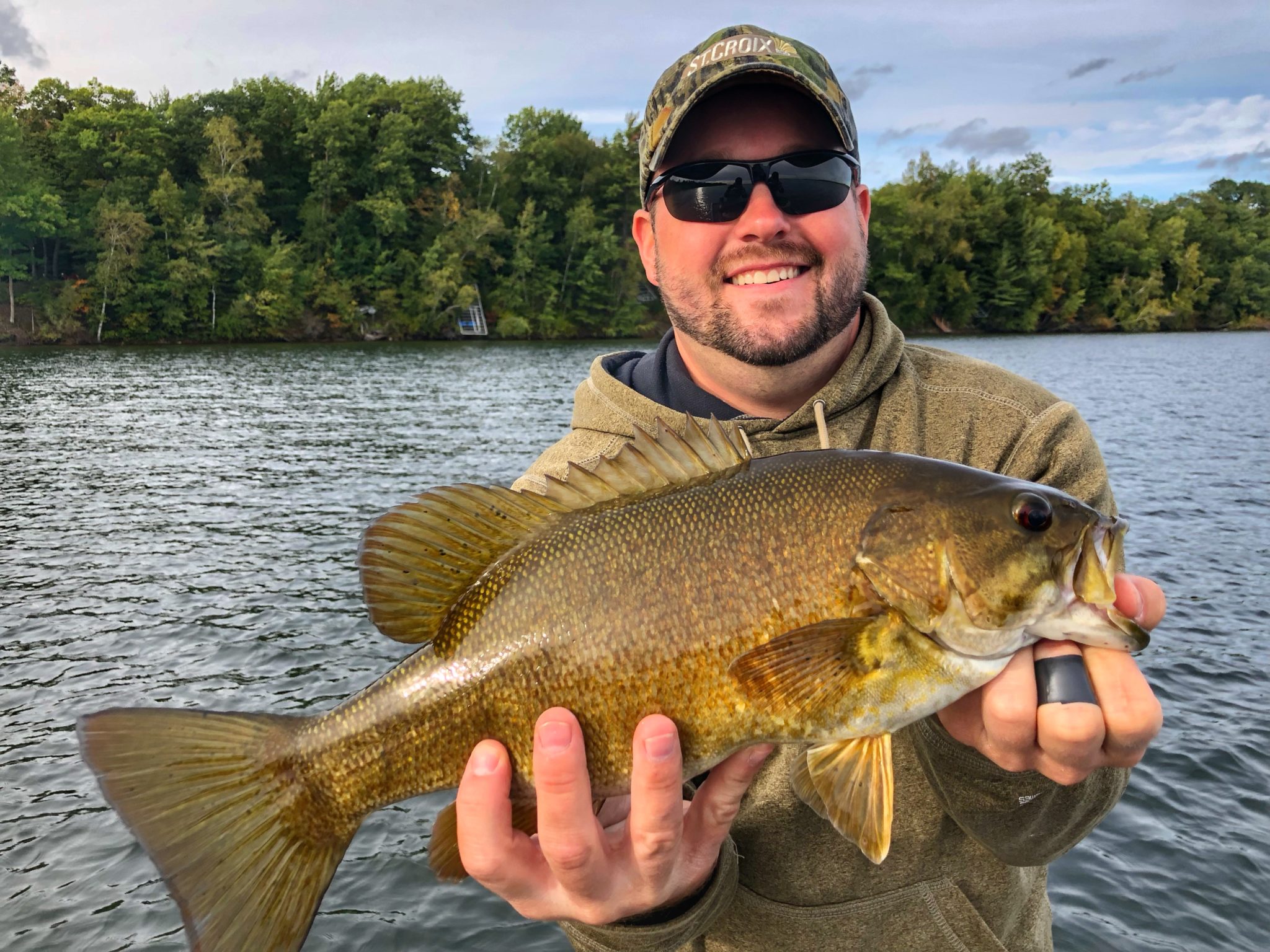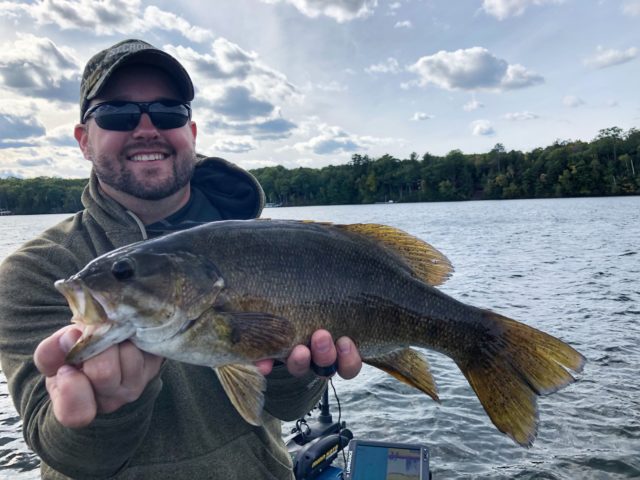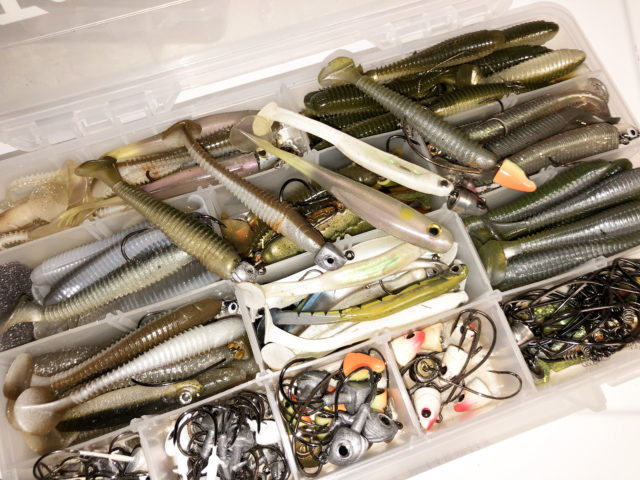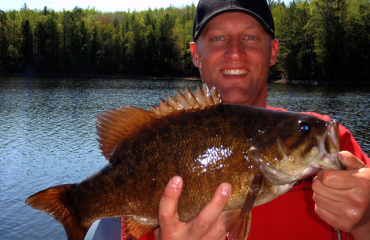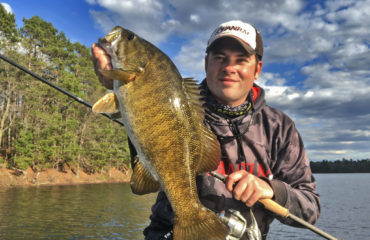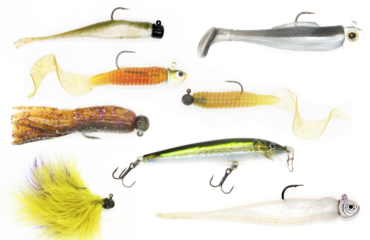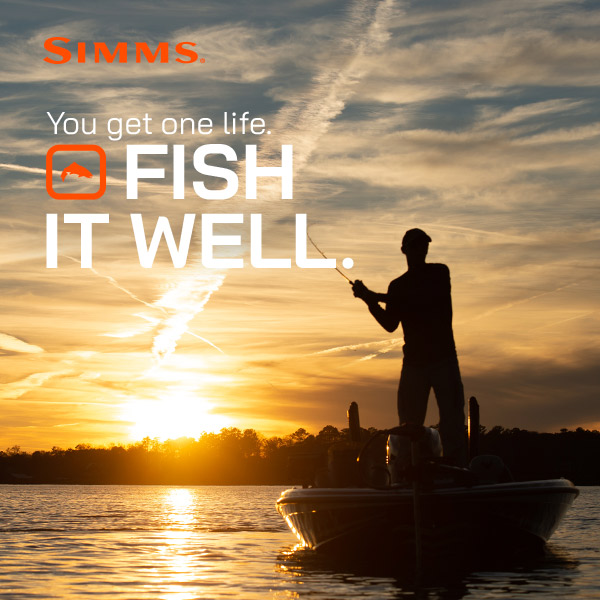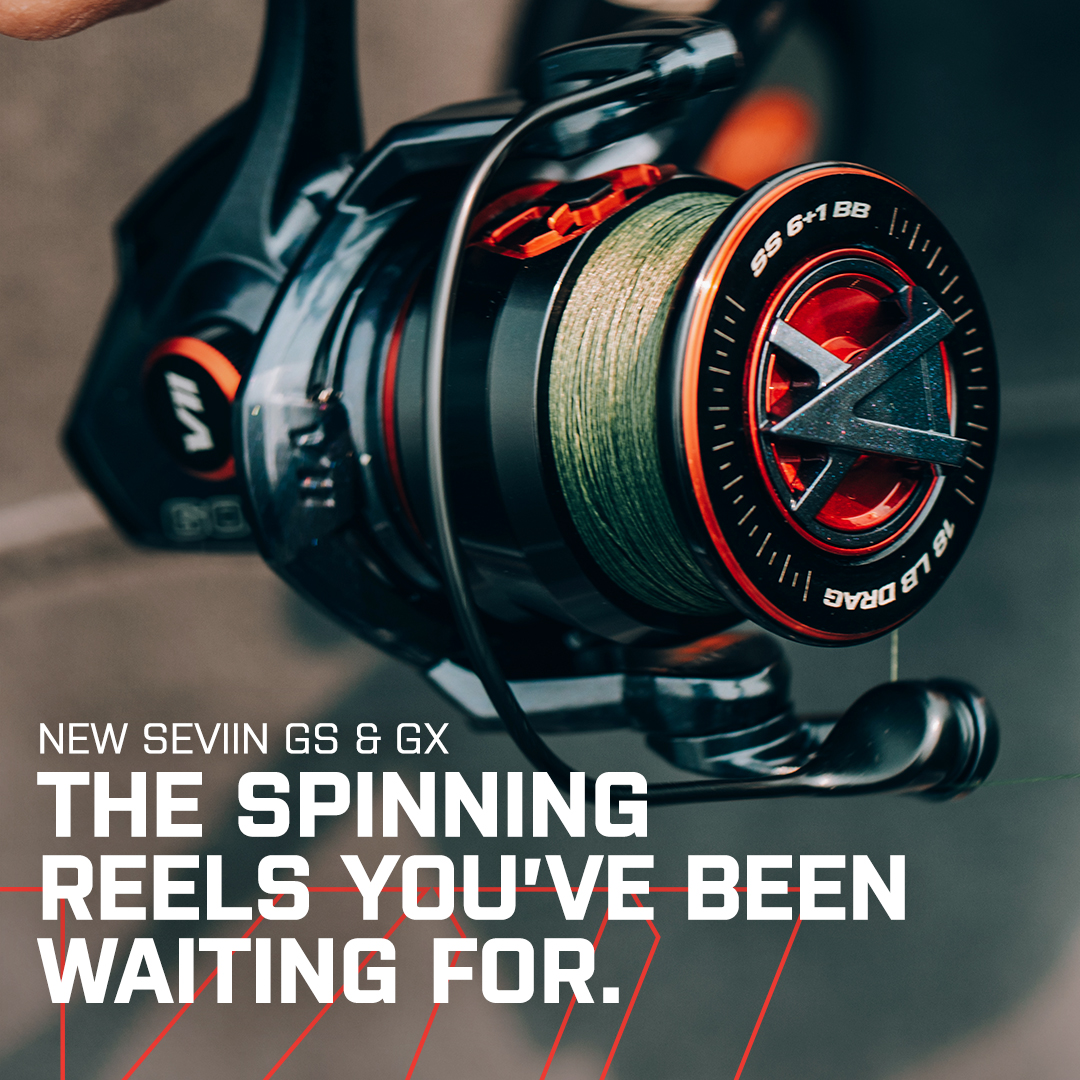September Sand
By Andrew Ragas
September is a month of transition and changing of seasons. With shortening daylight and colder nights, the entire food chain reacts and acclimates to these changes. On many clear water fisheries with sand bottom composition, trophy smallmouth return the shallows where they are most comfortable in cooling waters, and roam sand beaches.
From late August through September smallmouth and many other gamefish species are on the move, searching for food and temporarily taking up residence in new habitats. By nature, large adult smallmouth are cool water species, favoring water temperatures ranging from 60 to 70 degrees. Weeks prior, most of the lake’s population was likely roaming open water or living comfortably in these same temperatures offshore on deep structure. As the first cool downs of autumn arrive, the shallows react first, immediately becoming the most comfortable water temperature range and locations of the lake to smallmouth, muskies, northern pike, and several other species.
This time of year we find many of our biggest bass prowling in wolf packs along large sand flats, inside weedlines, and sand beaches in depths of 6 ft. and less. The shallow sand pattern is driven by cooling weather and less sunlight, and most influenced by the comforts of cooling water temperatures and their high oxygen content. Inevitably as September progresses and as temperatures cool to 60 and lakes are in pre-turnover stage, you’ll encounter more smallmouth invading the shallows, roaming the flats, and chasing large schools of yellow perch that are unsuspecting of this predator’s whereabouts.
Coincidentally, a shallow water migration of baitfish and forage species is occurring simultaneously. On many premier inland smallmouth fisheries, young of year yellow perch are most abundant and common. In areas of high concentration, dozens of them will often trail lures to boat side. Little do they realize they are a major reason why big smallmouths are in these locations in September.
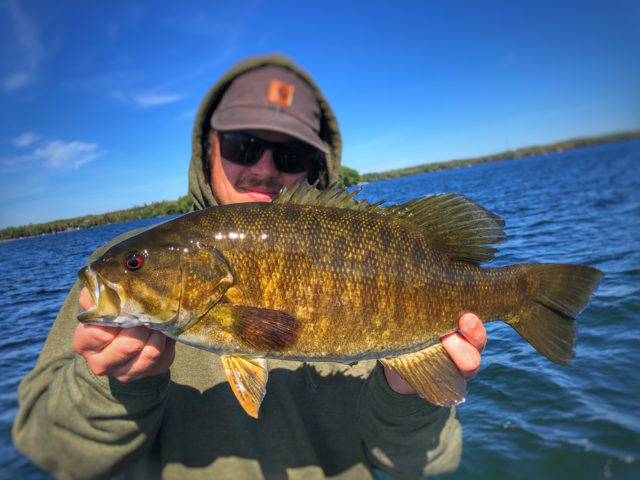
Shallow sand is attractive to late summer and early fall smallmouth. Fish seem to soak up solar energy that’s absorbed by the sand bottom, appearing to rejuvenate themselves energetically for the final feeding binges of the year before wintering and very slow metabolism begins a month later after turnover.
September Sand
Sand is a major fish attractor on northern lakes. Northern shores with exposure to southern skies tend be geographically best due to their solar heat absorption. Locating sand is timely and done easily by browsing satellite imagery of your favorite lakes on Google aerial maps. Most lakes throughout Wisconsin, Minnesota, and Northern Michigan are displayed in high definition detail, and their very clear waters will visibly show sand shorelines and underwater terrain. DNR maps with bottom recordings can also help confirm the presence of sand too.
Locating sand shorelines by boat is time consuming. Visually the best indicator of it is natural sand shorelines and beaches, and reeds. Seek flats that have some depth fluctuation, grass patches, and nearby deeper weed edges. Troughs and slight depth differences of as little as 1 to 2 ft. are just enough to be bass magnets in the shallows. These are scour holes formed by several years of ice forces and drifts. The best flats will be covered with patches of low-rising grass and other vegetation along bottom, which ultimately attracts the perch forage.
Shallow sand is attractive to late summer and early fall smallmouth. Fish seem to soak up solar energy that’s absorbed by the sand bottom, appearing to rejuvenate themselves energetically for the final feeding binges of the year before wintering and very slow metabolism begins a month later after turnover.
Wherever you will be fishing this month, acknowledge that smallmouth are opportunistic feeders, and predators who can creatively use their surroundings and habitats to help them ambush prey. On September sand, smallmouth will often lie along bottom and wait to torpedo themselves into passer-by schools of perch. With their incognito sandy-bronze color schemes that camouflage into bottom substrate, they are specialized feeders.
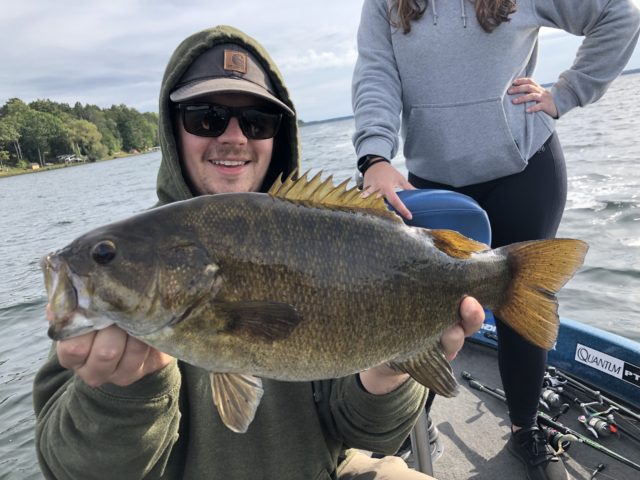
Guide customer, Tyler Reid, traveled from Tennessee to have his best-ever sack of smallmouth. His top 5 fish for the day weighed well over 20 lbs.
Flats Fishing
Beginning in early September, we drift shallow flats and beach shorelines. While most boats are still positioned around deep weedlines and offshore structure, we concentrate on the sand flats and inside weedlines of shorelines. The fishing improves with each passing day, and gets really good by late month. We zig and zag with the wind, in controlled drifts, covering the entire area in grid pattern. After picking apart these areas, what I ultimately want to see on my Lowrance HDS-12 units are a mess of tracks and trails we’ve run through the area and each section of the flat. This etch-a-sketch artwork is proof of good fishing.
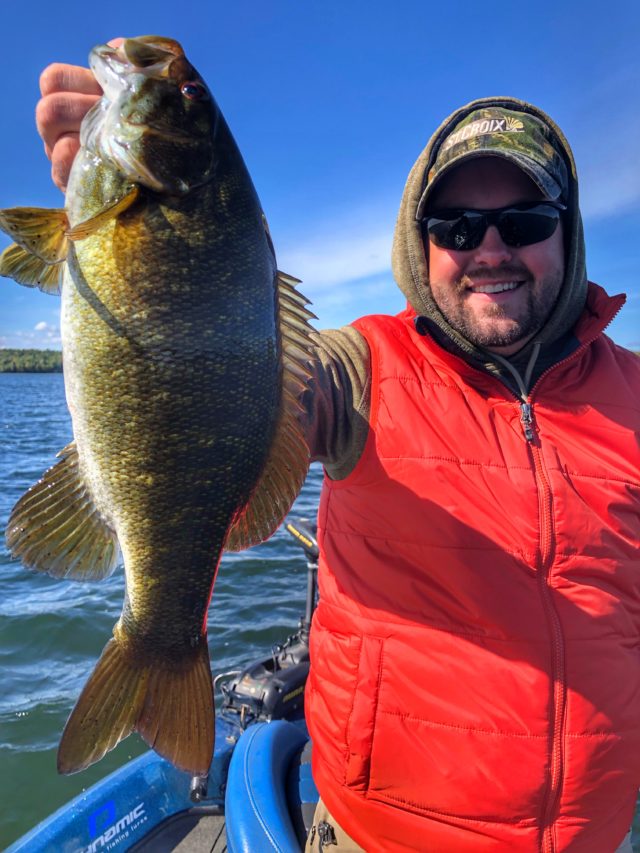
Guide customer, Joe Novak traveled round-trip from Chicago for a day of September smallmouth. We boated 33 fish together that afternoon.
On many large northwoods lakes, sand flats can be the size of football fields. On the largest lakes, they can be much larger, several acres in size. Smallmouth and perch attracted to them are always mobile and never stationary. Therefore it’s important to break-down these huge flats into smaller sections (grids). Navionics Hot Maps Platinum is essential and relied on for following or revisiting tracks and waypoints from previous drifts, and gives us the guidance where to fish next. When one productive drift gets completed we can either drift across new sections and grids of the flat we haven’t yet covered, or we can revisit the same trail again to re-drift if the smallmouth we ran into haven’t conditioned. When re-drifting and making the next pass, don’t blow through the area with the big motor as it will spook fish and send them scattering across the flat.
Time management serves no purpose here. On the best fishing days and conditions, we can easily focus on these huge flats for the entire trip, especially if wolf packs of smallmouth are prevalent and scattered in every which direction. During our September 2019 guide trips to a handful of lakes, we’d average 30 to 40 fish afternoons, with several 3 to 5 pound specimens, while solely drifting through these areas for several hours.
Bass anglers may think that side-imaging is a useful tool when drifting September sand, but it’s only secondary to navigational charts and tracks. It is an important feature when pulling up to the area to identify bottom and confirm presence of perch schools that could be 80-120 feet away from the boat. Keep in mind that anytime when drifting through depths as shallow as 5 ft. or less, it’s difficult to see most young-of-year baitfish on side imaging unless schools are thick and heavy, but it is advantageous for seeing where the patches of grass, troughs, and other bottom-growing plant life is in proximity to the boat’s position. Those grass patches will be attracting the perch, and are major casting targets.
When casting these expansive flats, playing the wind is an advantage but not always necessary. Wind blown beaches and areas of the lake can hold the most active smallmouth, but won’t always guarantee perch schools. Perch presence along with cloud cover to help create lower light conditions and disrupt the clear and skinny waters is best. When a few dozen young of the years charge to boat side at the end of each cast with a jig and paddletail, that’s the best indicator of a great lake region you shouldn’t have to leave anytime soon.
Drift during peak times and periods for best big smallmouth opportunities. By late September, midday hours and afternoons are prioritized due to predictable feeding windows and water temperature peaks. A good moon phase can help too, and spur underwater activity and feeding windows. A steady north and westerly breeze from 4 to 8 mph can create perfect drifts and jumpstart feeding windows, but too much wind that rocks the boat, pounding into shorelines, disrupting and dirtying the shallows, disengages and displaces both smallmouth and perch schools.
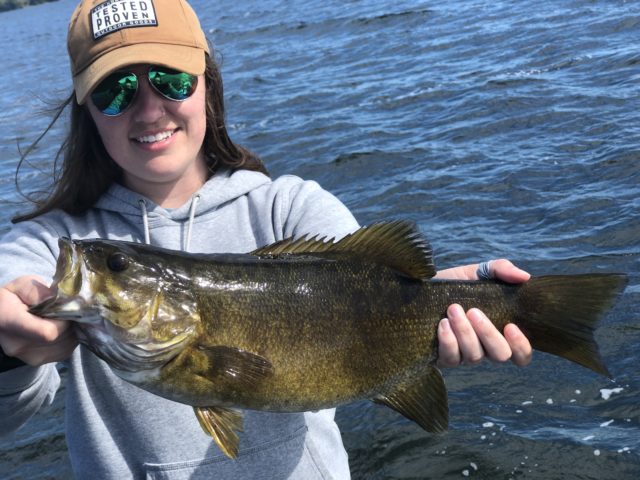
Guide customer, Courtney Warren, with her personal best smallmouth that struck a paddletail fished steadily across a huge flat.
Bomb Casting with Swimmers
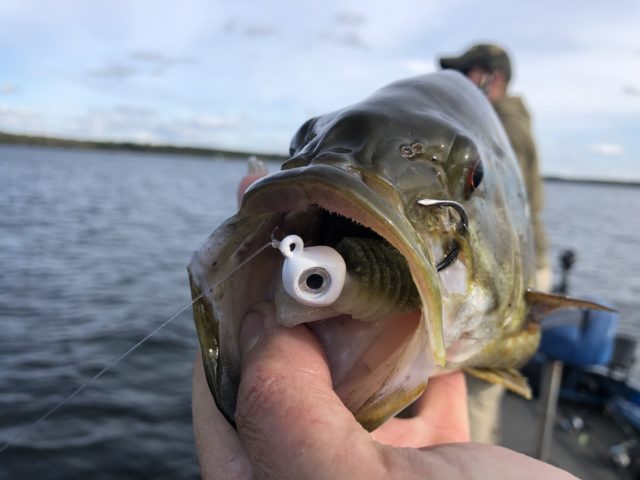
Some days, smallmouth can be picky eaters, preferring only one certain paddletail while ignoring the others. Then on other days, they will showcase no behavioral or feeding judgment, hammering everything swimming past. The only constant to the strategy seems to be the ½ oz. Trokar Boxing Glove Jigs we rig our swimmers to and bomb with.
Fishing big sand flats is all about efficiency, getting paddletails to wiggle and swim lively during medium to steady retrieve, and the anglers who can make the most casts in every direction surrounding the boat.
In recent years, no other segment of fishing lures and bait styles have grown exponentially and diversely as paddletails and swimbaits. Many brands feature different designs and variations, models, colorways, and styles. For September sand, yellow perch and natural minnow patterns are favored.
The 3.8” Strike King Rage Swimmer annually accounts for explosive strikes, and huge numbers of smallmouth from many clear water lakes. Its thin tail produces a slow wag that’s irresistible. Keep in mind the yellow perch connection, so matching the hatch is of utmost importance. Ayu and KVD Magic are the only colors we throw. Bomb cast, and let the wagging tail and wobbles of the head do the work for you. A slow, steady retrieve is best, but I will mix it up with periodic pauses so that the bait slow-rolls back to the bottom. The key is to keep the bait swimming slowly mid-depth.
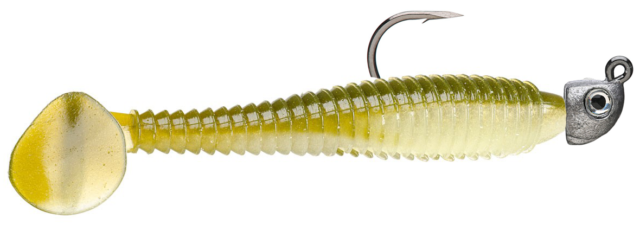
Way more durable in texture and nose segment than a Rage Swimmer, the Kalin’s Sizmic Shad 3.8” is built from more durable plastic on the body segment that holds up to multiple fish before having to retire them.
In 2019, Kalin’s modified the formerly stiff paddletail with a more flexible and livelier plastic formula. This has led to drastic improvement to action and durability when fished on lighter weight swimbait jigs. Once requiring a very heavy weight for best action, the new and improved Sizmic Shad no longer requires a heavy weight to produce best swimming action.
We retrieve this durable swimmer with a combination of 3/8 oz. and 1/2 oz. Trokar Boxing Glove Jigs and Northland Slurp! Jigs. During the hot swimbait bite of September 2019 with customers, the Arkansas Shad pattern accounted for several feeding frenzy smallmouth. If seeking further attraction to paddletails, consider rigging with Kalin’s new series of Google Eye Swimbait Jigs. Molded over premium chemically-sharpened hooks and available in natural colors from 1/8 oz. to ½ oz. sizes, it comes equipped with a loud rattle system that is exposed on either side of the head, tempting smallmouth with sight and sound.
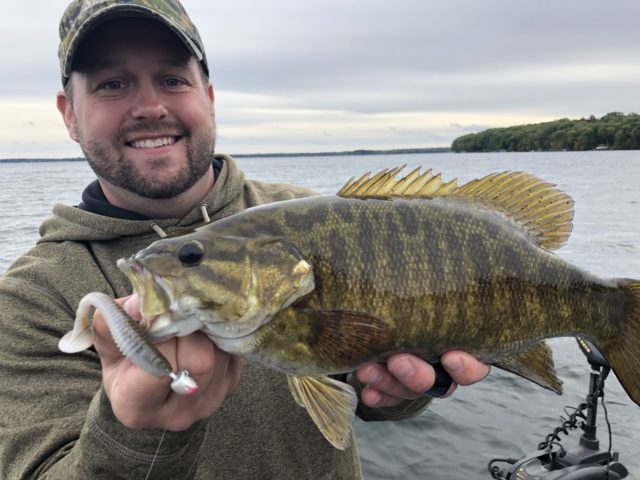
During the hot swimbait bite of September 2019 with customers, the Kalin’s Sizmic Shad in Arkansas Shad pattern accounted for several feeding frenzy smallmouth. Pictured is guide customer, Joe Novak.
Larger baits can often entice bigger fish, and weed out the small ones. That’s the best way to describe the 5-inch Big Bite Baits Suicide Shad when rigged to the same jig heads. When big smallmouth are favoring a slightly larger swimmer profile, this combo is unbeatable.
The suicide shad is lifelike with lively tail and available in several natural baitfish and translucent colors. It’s also durable to withstand multiple bites while being hooked to the collar of your favorite swimbait jig. When the nose gets worn down and ripped off, trim the bait and continue fishing it. It will still produce just as well as a 4.5″ model, and downsized 4″ model.
Some days, smallmouth can be picky eaters, preferring only one certain paddletail while ignoring the others. Then on other days, they will showcase no behavioral or feeding judgment, hammering everything swimming past. The only constant to the strategy seems to be the ½ oz. Trokar Boxing Glove Jigs we rig our swimmers to and bomb with.
For casting, we utilize baitcasting set-ups only. St. Croix Rods manufactures an outstanding paddletail rod in the Mojo Bass lineup called the Mojo Bass Swim Frog. It’s a 7 ft. 5-inch medium heavy extra-fast (MJC75MHXF). Comparably, you can check out the same model but with additional bling in the Legend Tournament Bass (LBC75MHXF) lineup. We pair the rods with 7.0;1 and faster gear ratio Quantum Energy PT casting reels with 15 lb. or 20 lb. Cortland Masterbraid. On the rig’s business end, attach a 2 to 3 ft lead of 12 lb. Cortland fluorocarbon line to keep it invisible. After making long casts, a steady medium retrieve speed with some intermittent rips and slow rolling is all it takes to produce strikes. Most hits come mid-retrieve and often within the first few cranks. The higher speed gear ratios and medium heavy power rods with quick taper help with long-distance hook-setting power to help drive the single hook home. Avoid retrieving swimmers too slow and never give smallmouth a good look at them. Otherwise they’ll sense it’s too artificial.
Beaching in September
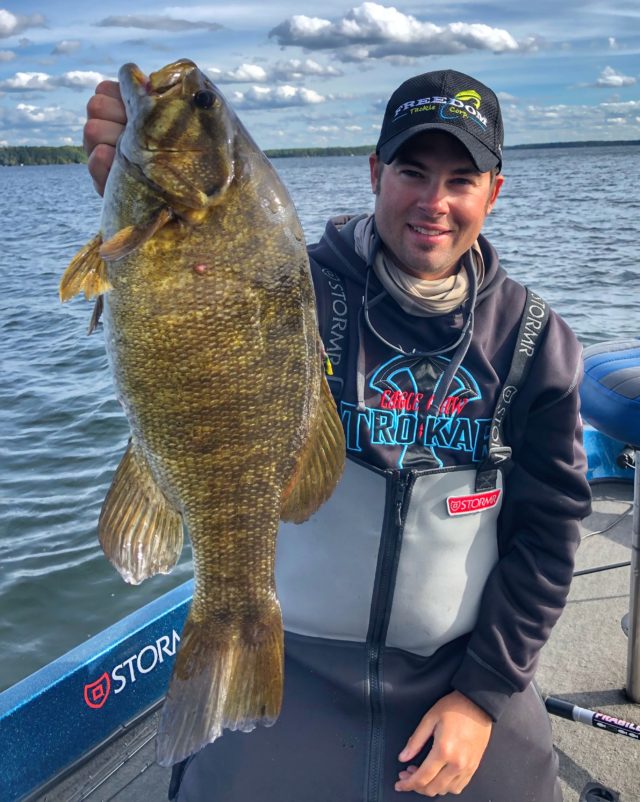
When smallmouth return shallow in September, it’s often for water temperature comfort, and feeding on forage abundance. The potential for high numbers and catch rates, and trophy smallmouth is inevitable in what could end up being the biggest fish and best trips of the year. The author with a monster he caught from late September, 2019.
September sand is water temperature and migration driven. The bite peaks during the 3rd and 4th weeks of the month, and persists until the first week of October. Then the turnover cycle begins, erasing all the magical shallow water fishing that was experienced those previous few weeks.
The beach pattern frequently applies to many other gamefish species as well, especially muskies. They love sand in early fall. Chasing muskies across September sand also has led me to this newfound discovery with smallmouth, who will utilize the bottom substrate heavily themselves when their preferred forage species is homing on it too.
September encompasses a number of good days and bad days of weather, but the one constant is September sand. As smallmouth progress shallower, gently slide into these areas with them. When smallmouth return shallow in September, it’s often for water temperature comfort, and feeding on forage abundance. The potential for high numbers and catch rates, and trophy smallmouth is inevitable in what could end up being the best trips of the year.
Andrew Ragas splits time between the Chicago area and Wisconsin’s Northwoods. Based in Minocqua, WI, he specializes in trophy bass fishing and offers guided trips from May thru October. While big bass is the passion, he dabbles in multi-species as well. He may be visited online at www.northwoodsbass.com


